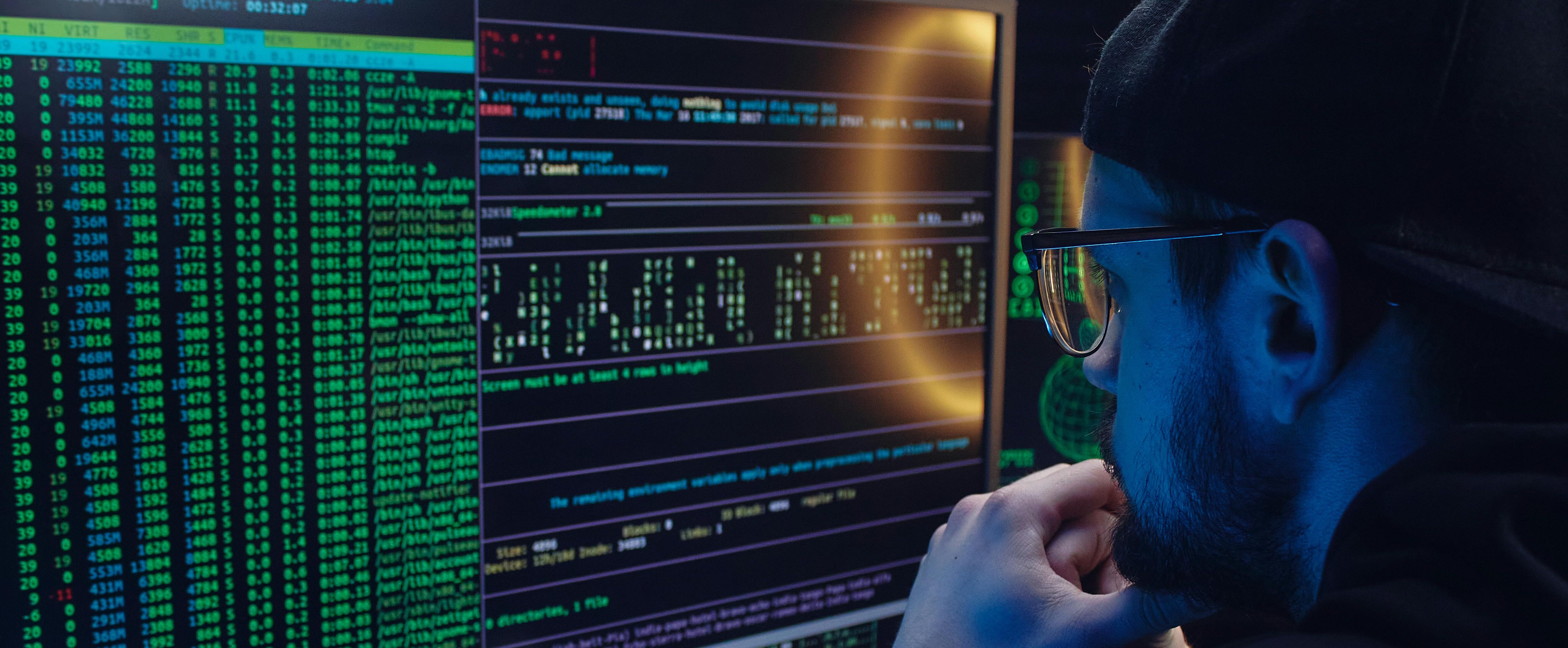The internet never sleeps, and neither do cyber threats. With every new cloud integration and remote login, the potential for attack keeps growing. Firewalls and antivirus software used to be enough, but now they are just the starting point. Modern cybersecurity requires strategy, speed, and sharp instincts.
If you are exploring the cybersecurity engineer career path, you are stepping into one of the most dynamic roles in tech. A Cybersecurity Engineer designs, builds, and maintains the invisible armor that keeps organizations safe. The job blends precision with creativity, offering the kind of challenge that feels both technical and thrilling.
Step 1: Core Skills, The Foundation of Defense
Think of cybersecurity as a high-stakes puzzle where every piece matters. To play the game well and grow in your cybersecurity engineer path, you need to master both the tools and the mindset.
- Networking fundamentals: Understand how data travels through TCP/IP, routing, DNS, and VPNs. You cannot protect what you do not understand.
- Operating systems: Learn Windows, Linux, and macOS thoroughly, since each has unique vulnerabilities.
- Threat detection and incident response: Use SIEM tools such as Splunk, QRadar, or Sentinel to detect and neutralize risks quickly.
- Scripting and automation: Python, Bash, and PowerShell are essential for automating repetitive security tasks.
- Cloud security: The rise of cloud technology has changed the game. Learn IAM, encryption, and compliance frameworks across AWS, Azure, and Google Cloud.
- Ethical hacking and forensics: Think like an attacker to prevent one and develop the precision to trace issues when incidents occur.
At this stage, consistency is everything. Simulate breaches, conduct penetration tests, and experiment repeatedly. Every time you break and fix something, you learn why it happened and how to prevent it next time.
Step 2: Specializations, Finding Your Zone
Once the basics feel natural, you can explore the areas that best match your curiosity and rhythm.
- SOC Analyst (Security Operations Center): The first line of defense. You monitor systems, track anomalies, and act quickly on alerts.
- Network Security Engineer: You build and maintain secure infrastructure that includes firewalls, VPNs, and access control systems.
Endpoint Security Administrator: You protect devices and servers from malware, ransomware, and insider threats.
- Cloud Security Engineer: You manage policies, encryption, and zero-trust architectures in virtual environments.
- Penetration Tester or Ethical Hacker: You simulate attacks, find weak spots, and report vulnerabilities before real hackers do.
Each specialization adds a new perspective. Cybersecurity is not linear; it is an ecosystem where collaboration keeps everything connected.
Step 3: Storytelling and Soft Skills, The Human Layer
Cybersecurity only works when everyone understands it. You will often translate complex findings into clear, actionable steps for non-technical teams.
That is where storytelling becomes a real skill. Whether you are briefing an executive or training a department, your goal is to make risk understandable. Soft skills such as communication, patience, and attention to detail turn good engineers into trusted advisors.
Step 4: Career Ladder to Evolve as a Cybersecurity Engineer
The cybersecurity career ladder offers clear milestones, yet endless opportunities to specialize or lead.
1. Junior or SOC Analyst: You begin by monitoring systems and identifying threats while learning how incidents unfold.
2. Cybersecurity Engineer: You plan, implement, manage, and upgrade security systems that protect networks and data.
3. Senior Security Engineer or Architect: You design defense frameworks, conduct risk assessments, and lead incident response.
4. Security Manager or Consultant: You align cybersecurity with business strategy, manage teams, and oversee compliance efforts.
5. Chief Information Security Officer (CISO): You set the company-wide policy, budget, and long-term strategy for data protection.
Each level demands sharper technical skills, stronger communication, and a deeper understanding of trust management.
Step 5: Collaboration, Curiosity, and Constant Learning
Cybersecurity evolves every day, and so should you. Engineers collaborate with developers, data teams, and IT departments to ensure that safety and innovation grow together. New tools appear constantly, so adaptability is your greatest advantage.
Certifications help validate your expertise and open new career paths. Some of the most in-demand include:
- CompTIA Security+
- Certified Ethical Hacker (CEH)
- Certified Information Systems Security Professional (CISSP)
- AWS Certified Security – Specialty
- ISO 27001 Lead Implementer
Continuous learning is part of the role. Every update, every vulnerability, and every fix teaches something new about how to defend smarter.
Alejandro Reynot, Software Developer in Cybersecurity
“Cybersecurity isn’t just about having the best tools or the toughest defenses. It’s about understanding where things can go wrong and staying curious enough to spot those gaps before anyone else does. At the end of the day, it’s not just about protecting systems, it’s about earning trust.”
Alejandro has spent more than a decade designing networks, building VPNs, and implementing Network Access Control systems. His hands-on experience proves that real cybersecurity is intentional, not reactive. He focuses on making security seamless in everyday operations while keeping curiosity at the center of his work.
Conclusion: The New Cool in Tech
The world runs on trust as much as it runs on code. Cybersecurity engineers protect that trust every day, keeping digital systems safe and steady.
This is not a job that becomes routine. It evolves with every tool, every threat, and every innovation. You may start by fixing vulnerabilities, but soon you will be shaping how entire organizations think about safety.
If you are drawn to a career as a cybersecurity engineer, remember that curiosity and adaptability are your greatest assets. And there is something undeniably cool about being the quiet reason everything works exactly as it should.
